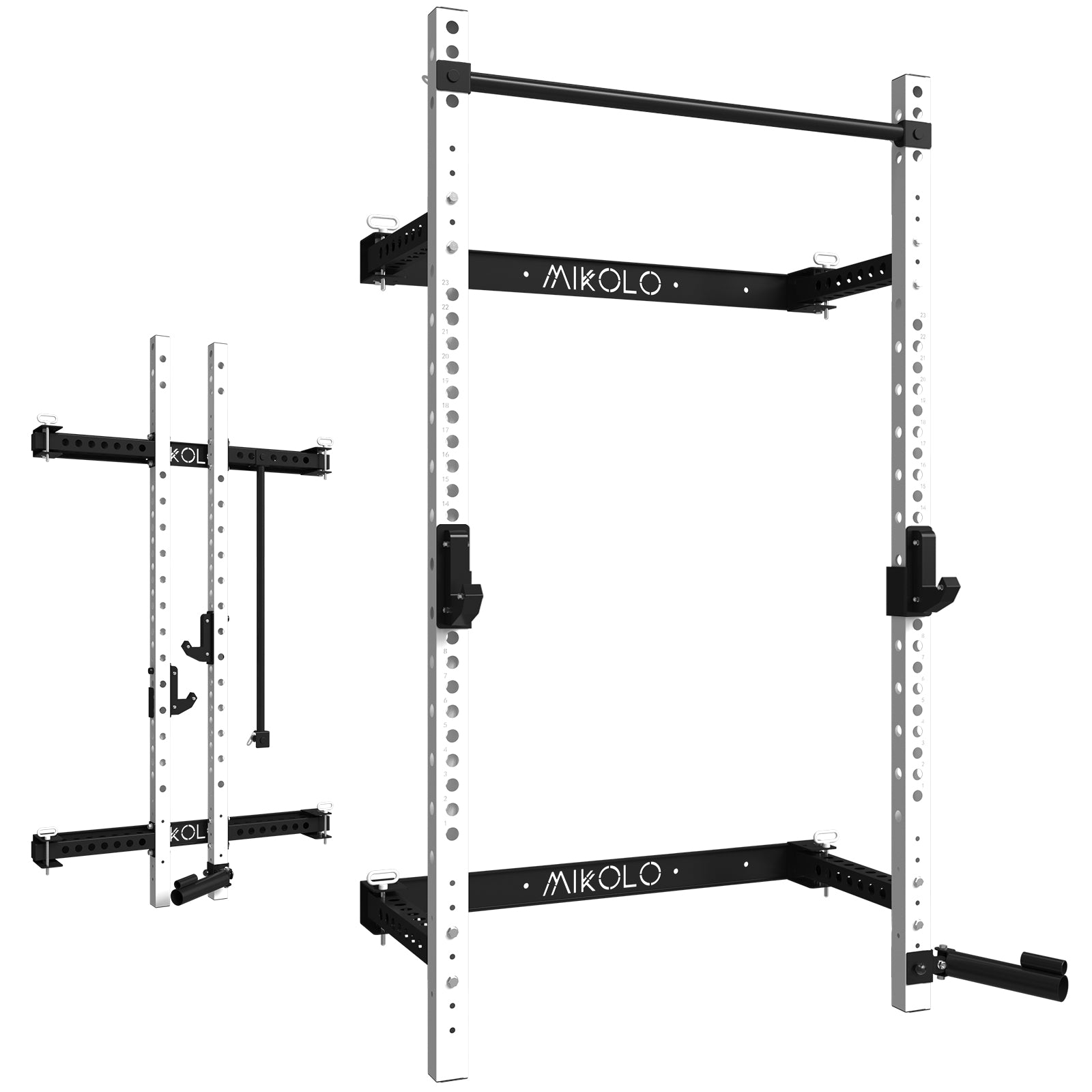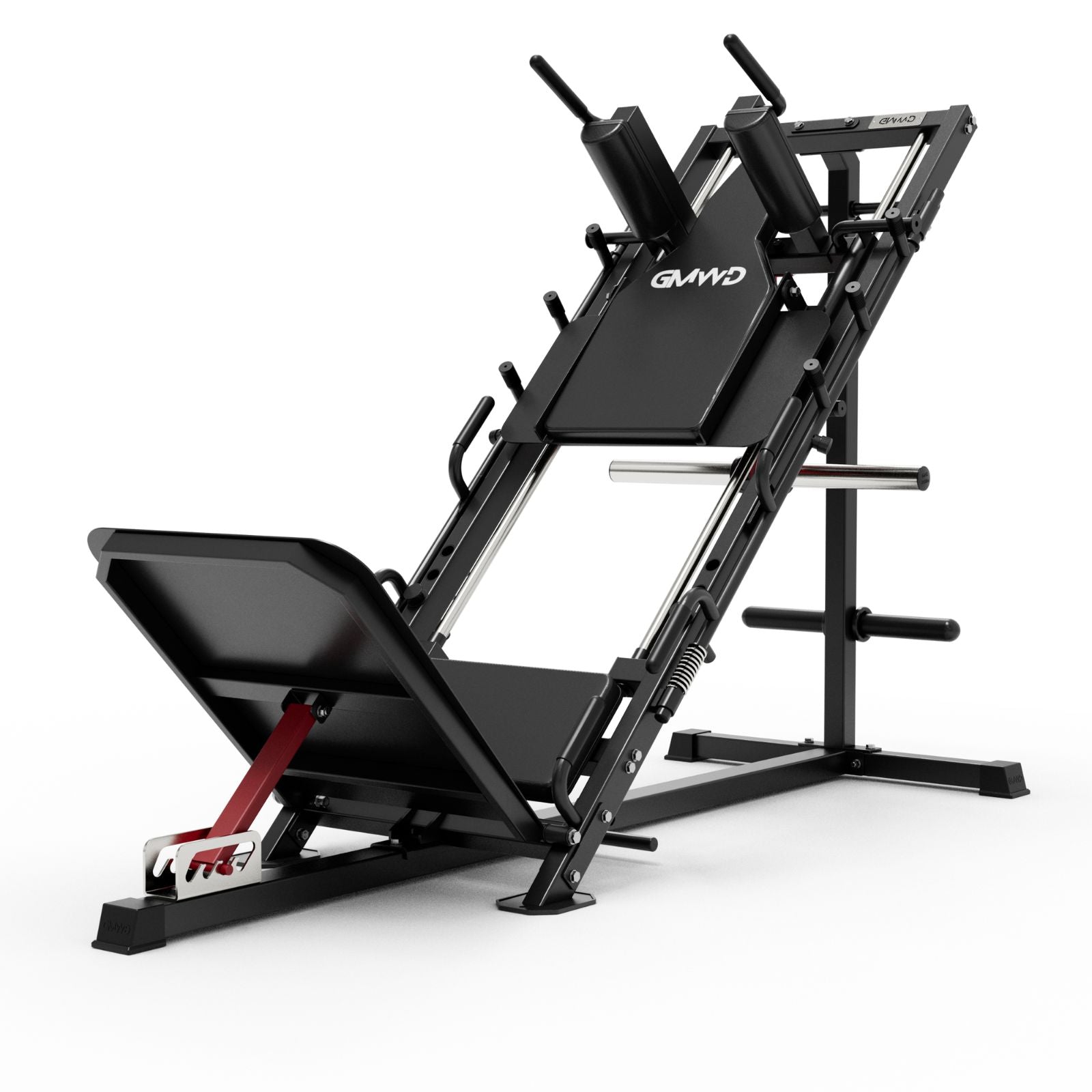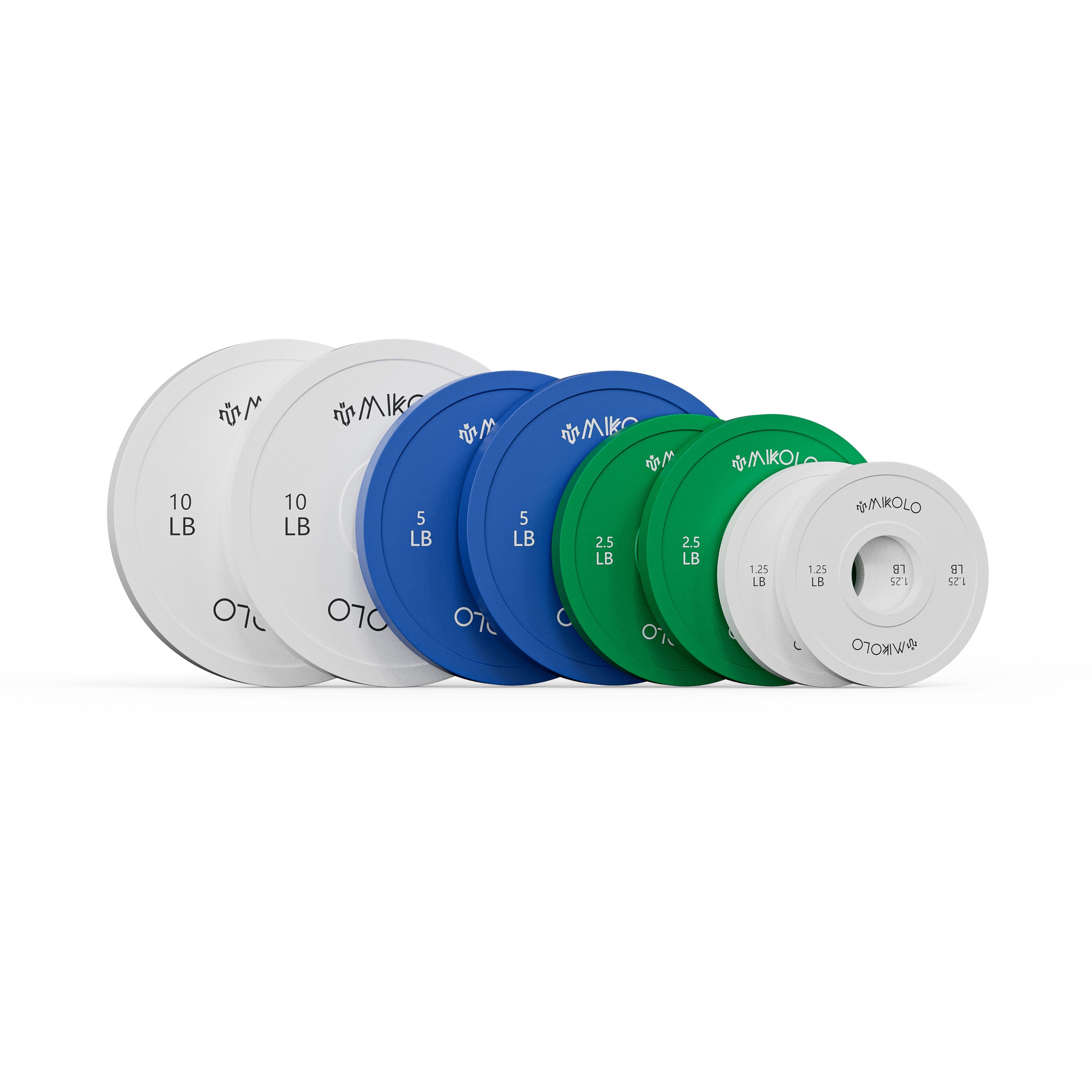For lifters who take bench pressing seriously—whether you're a powerlifter chasing a new PR or a strength-focused gym-goer who wants to protect your joints—the shoulder saver pad has quietly become one of the best training tools to keep in your arsenal.
What Is a Shoulder Saver?
The shoulder saver is a compact, dense pad that attaches to your barbell, reducing the range of motion (ROM) during pressing movements like the bench press or floor press. It’s typically made from heavy-duty foam and sits between the bar and your chest, absorbing some of the impact and preventing the bar from descending fully to the sternum.
This slight ROM reduction may seem minor, but for anyone with cranky shoulders, it can be a game-changer. The shoulder saver bench press setup allows you to train heavy and safely—minimizing stress on your rotator cuffs, AC joints, and the biceps tendon.
EliteFTS Shoulder Saver: A Trusted Name
The EliteFTS Shoulder Saver Pad stands out because of its build quality and functional simplicity. Unlike makeshift towel rolls or unstable foam blocks, the EliteFTS pad is purpose-built. It locks onto the bar snugly, offers consistent depth, and won’t shift mid-set—something you’ll deeply appreciate when handling over 300 pounds.
The pad is often used in combination with the EliteFTS Shoulder Saver Bar, a specialty bar designed to reduce shoulder strain and emphasize triceps activation. But even with a standard Olympic bar, this pad brings value.
Why Lifters Use the Shoulder Saver for Bench Press
Here are several reasons the shoulder saver bench press pad has grown in popularity among serious lifters:
-
Injury prevention: Reducing the ROM helps lifters with a history of shoulder impingement or surgery to train pain-free.
-
Triceps focus: The shortened range places more stress on the triceps, making it great for targeted hypertrophy.
-
Overload potential: By limiting the bottom-end ROM, you can press heavier loads than a full-range press, making it ideal for lockout training and CNS adaptation.
-
Warm-up or burnout sets: Many use the pad as a way to warm up with less strain or to finish with partials after full-ROM sets.
Personal Experience: From Setback to Solution
A few years ago, during a training cycle leading up to a push-pull meet, I aggravated my right shoulder during a flat bench session. The pain lingered for weeks. I couldn't press heavy without wincing, and even lighter sets left me sore for days.
A coach recommended the shoulder saver pad from EliteFTS. At first, I was skeptical—it felt like cheating. But once I integrated it into my routine, everything changed. I could press again. Not only that, but my strength at the top of the lift improved. It became a regular part of my rotation: floor press one week, shoulder saver press the next. I even used it for dumbbell work when needed, placing the pad on my chest to limit range and reduce joint pressure.
That simple pad allowed me to keep training hard while healing. And honestly, it taught me that longevity sometimes means trading ego for smart adaptations.
Who Should Use It?
The shoulder saver isn’t just for injured lifters—it’s a smart tool for:
-
Older athletes who want to preserve shoulder health
-
Bodybuilders focused on triceps development
-
Powerlifters looking to strengthen bench press lockouts
-
Coaches training groups with mixed ability or injury histories
-
Anyone benching multiple times per week and needing recovery variation
Final Thoughts
The shoulder saver bench press pad might look unassuming, but it solves a big problem—how to keep pressing hard without sacrificing your shoulders. Whether you choose the EliteFTS Shoulder Saver Pad or another brand, the concept remains the same: smarter training over time leads to fewer setbacks and better gains.










































Leave a comment
This site is protected by hCaptcha and the hCaptcha Privacy Policy and Terms of Service apply.